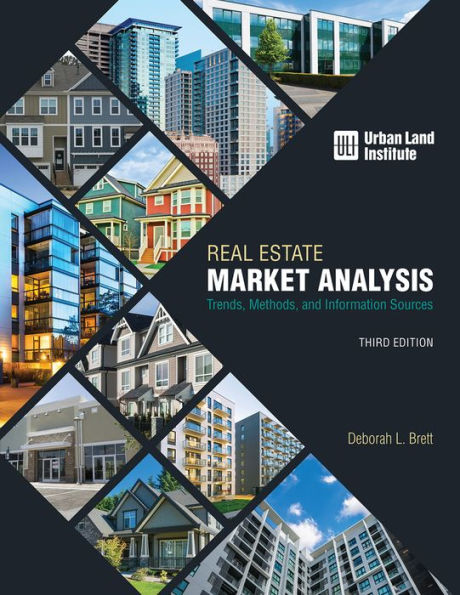5
1
9780874204285



Real Estate Market Analysis: Trends, Methods, and Information Sources, Third Edition / Edition 3 available in Paperback, eBook

Real Estate Market Analysis: Trends, Methods, and Information Sources, Third Edition / Edition 3
- ISBN-10:
- 0874204283
- ISBN-13:
- 9780874204285
- Pub. Date:
- 08/23/2019
- Publisher:
- Urban Land Institute
- ISBN-10:
- 0874204283
- ISBN-13:
- 9780874204285
- Pub. Date:
- 08/23/2019
- Publisher:
- Urban Land Institute

Real Estate Market Analysis: Trends, Methods, and Information Sources, Third Edition / Edition 3
$129.95
129.95
In Stock

Product Details
| ISBN-13: | 9780874204285 |
|---|---|
| Publisher: | Urban Land Institute |
| Publication date: | 08/23/2019 |
| Edition description: | Third edition |
| Pages: | 233 |
| Sales rank: | 1,167,737 |
| Product dimensions: | 7.80(w) x 9.90(h) x 0.40(d) |
About the Author
From the B&N Reads Blog
